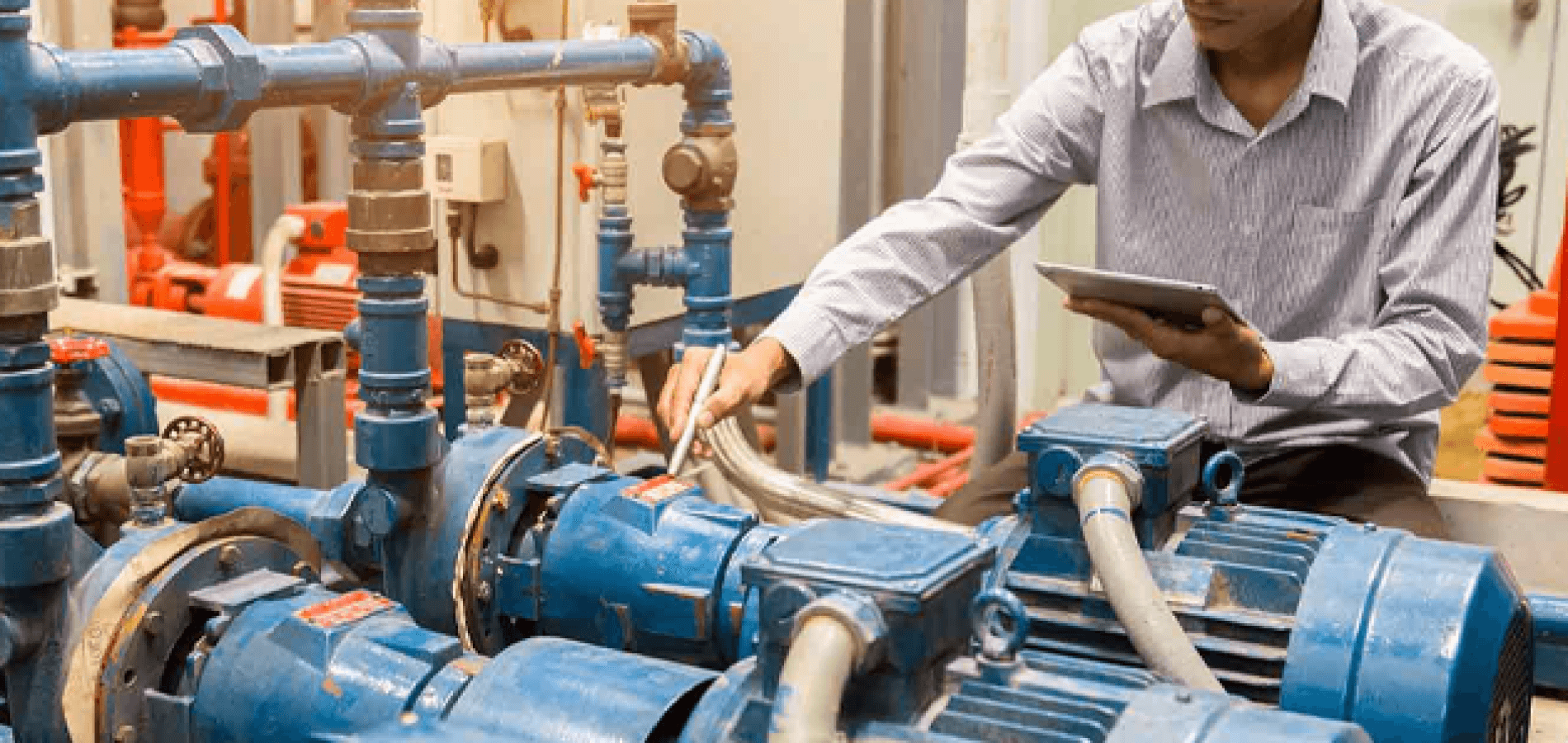
The Aging Process
All wells will have less production capacity and water quality issues over time as the system ages. These problems fall into one of three camps: Physical, biological and mineral. Bacteria can grow, trapping materials like silt or sand, which in turn leads to less efficient connections. Plus, the more you use a well, the more natural wear and tear it has to handle.
The newer and higher quality your well is, the better it will stand up to hazards whether it’s a high rate of bacterial growth, an upset in mineral balance or particularly harsh weather conditions such as natural disasters. You should never let your well sit, unmaintained, until an emergency happens-after all, some of those emergencies are “invisible” until it’s too late, such as contaminated water.
A Cost-Benefit Analysis
While this isn’t always the case, it’s usually more cost-effective to have bi-annual maintenance rather than waiting until an urgent repair or massive rehabilitation is necessary. Having your well checked every spring and autumn reduces your stress and heads off any issues before they get out of control. A physical inspection, water quality testing and simple upkeep from a professional can work wonders.
For many rural homes, having a water supply connected to a municipal system isn’t an option. In this case, your community or private property may have a water well
To help you care for your unit and your family’s drinking supply, here’s more information about them.
Well Maintenance Contracts For Water Systems
How do I maintain my well?
To check the state of your pump and other equipment, it’s best to schedule annual well maintenance and inspections. There are also a few steps you can take between annual maintenance appointments to keep your unit operating efficiently. Keep all toxic materials like paint far from the well to avoid water contamination, and don’t place any new buildings or landscaping too close.
Do deeper wells offer better quality?
What are some of the signs of water contamination?
Sometimes residential water systems can become contaminated with various minerals, such as iron, calcium, and lime. This creates hard water, which decreases water quality. If you have this issue, you may notice a red coating inside of the toilet, or green streaks in the bathtub.



